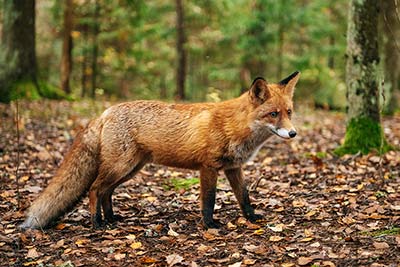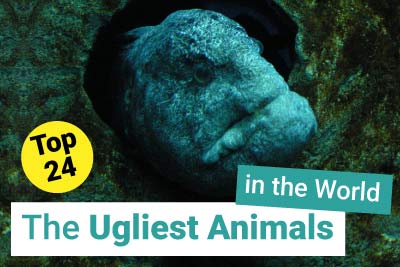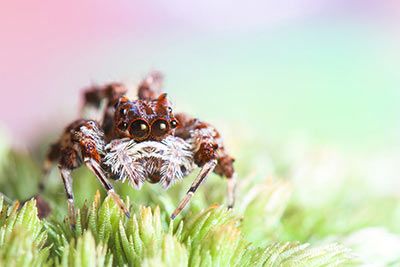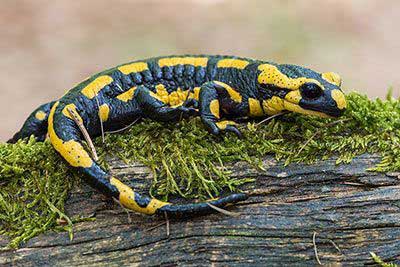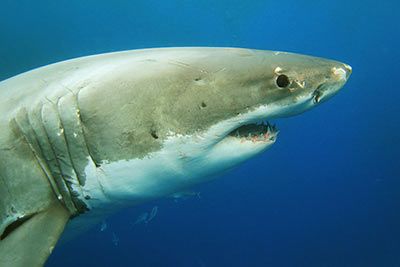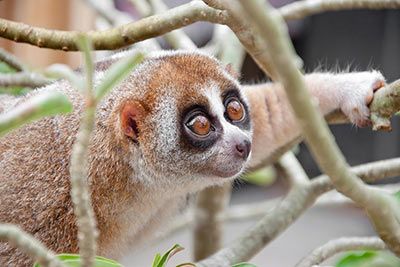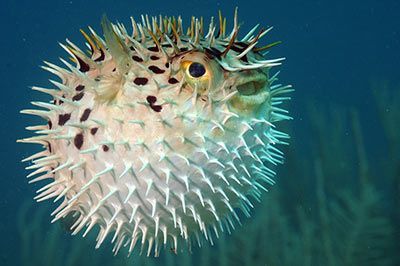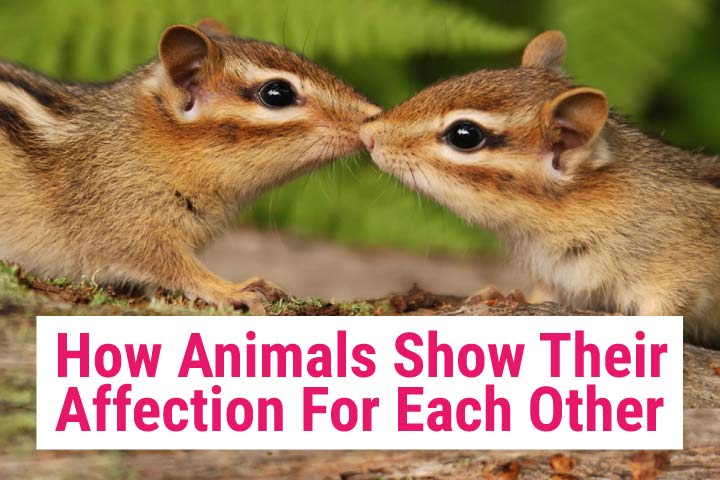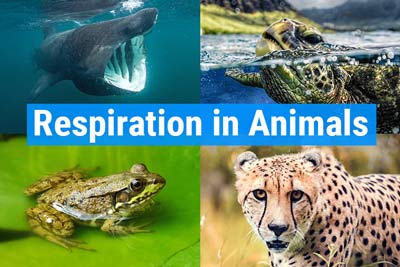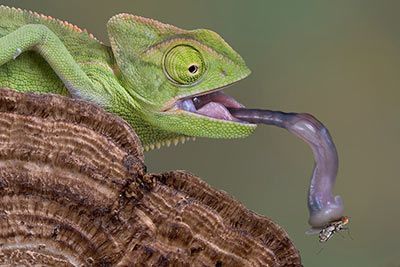Animal Respiration: Tracheal System
This article explains how respiration works with a tracheal system.
Tracheal breathing is one of four types of respiration. The other ones are lung, gill and skin breathing.
What Animals Use a Tracheal System to Breathe?
Insects, centipedes and arachnids use their tracheal system to breathe.
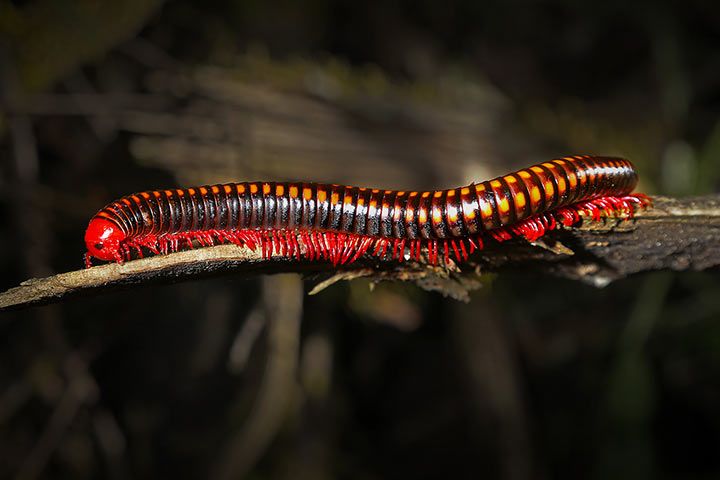
What are Tracheae?
The respiratory system of insects is made up of very small, narrow, and delicate tubes that consist of chitin – just like the exoskeletons of beetles. Mostly there is one main “tube” with many little “branches”. The thinnest branches are called tracheae. They are directly connected to the organs and muscles.
Animals such as centipedes, caterpillars, crabs and scorpions do not use their mouths to breathe. They have many little “breathing holes” all over their body, which are called spiracles. The air enters the tracheae through those spiracles. If necessary they can also close the little holes e.g. to prevent dirt from getting inside. The number of spiracles can vary, but most animals have ten pairs of them (see photo below).
How Does the Tracheal System Work?
When breathing in through the spiracles, the tracheae expand, are filled with air, and transport the oxygen to the cells. When breathing out, the carbon dioxide leaves the body via the tracheae and the tubes contract again (see picture). Compare: Lung, gill, and skin respiratory systems use the blood to transport the oxygen/carbon dioxide.

Advantages of Tracheae
The oxygen can make its way into the body very quickly and with minimal effort.
Disadvantages of Tracheae
The oxygen is being absorbed much slower than in lung breathing for instance. And it cannot be transported over longer distances. With longer tracheae, the transport of oxygen does not work as efficiently. Therefore, animals with a tracheal system are usually rather small.
Fun Facts
Plants Also Have Tracheae
These do not consist of chitin of course, but they also have a similar tubular system to supply the plant with water from the ground.
Where Do the Terms Trachea and Spiracle Come From?
The term trachea (plural: tracheae) is similar to the Latin term „trachea“ and the ancient Greek term “tracheia”, which mean “rough”, “hard”, “ragged”. Spiracle is a Latin term for “breathing hole”.
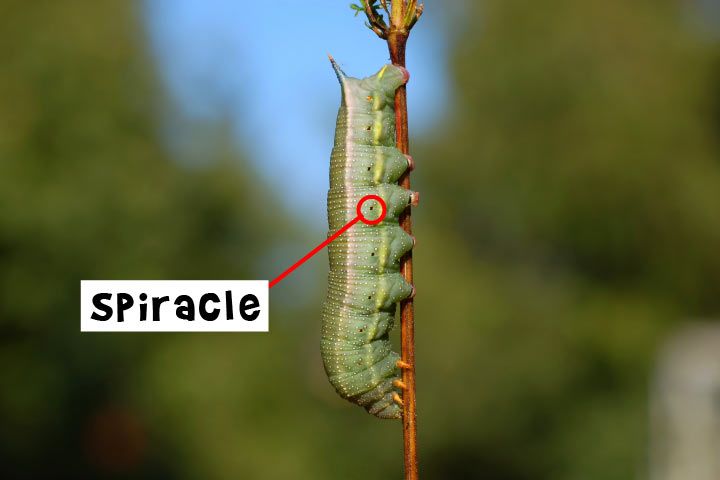
- Find Out More:
- Lung Breathing
- Gill Breathing
- Skin Breathing
- How Do Animals Breathe Under Water?
- Records: Holding Breath under Water
- Watch Now on animalfunfacts.net:
-
 All About Insects and Arachnids
All About Insects and Arachnids

